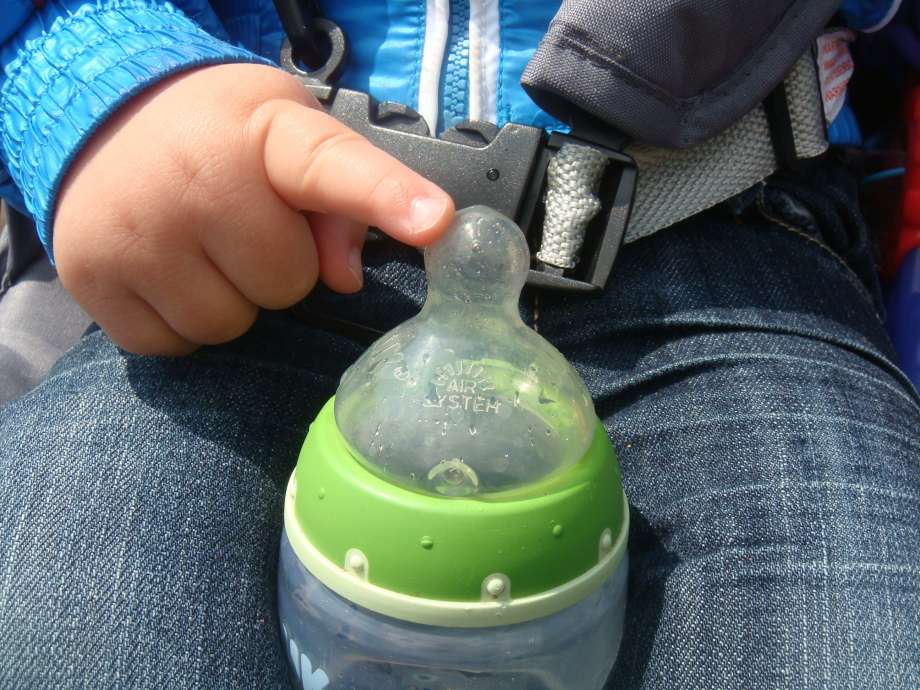5 Tips for How to Wean Your Baby from the Bottle or Breast

How to wean your baby is a hot topic among moms, but what's the best way to do it? There are two important factors to consider when weaning from the bottle or breast: your baby's nutritional needs and their emotional needs.
More: The Best Foods for Baby-Led Weaning
Leigh Anne O'Connor is an International Board-Certified Lactation Consultant (IBCLC) who has assisted many families over the years in the weaning process. She says, "When weaning from breast or bottle it is important to know that your baby is ready before starting the process. Your baby should be able to sit up and hold onto a cup. Breastfeeding and bottle-feeding both involve holding and touch. As you move toward weaning, offer your baby touch and eye contact." Leigh Anne says that it's important to consider the age of your baby. Babies who are younger than one year old still have a strong need to suck, so they may not be ready to move to a cup. Leigh Anne also wants parents to be sure the baby can tolerate the substitute being offered when weaning either formula or donor milk. Keep a close eye for stomach upset or any intolerance.
Here are five of Leigh Anne's tips to help you successfully wean your baby:

1. Slowly Reduce Breast Feedings
Observe which feeding seems the least important to your baby and let that be the first to drop. After a couple of days, you can eliminate another feeding. Often night feedings are the most important to babies so you may want that to be the last to eliminate.
2. Hold Your Baby Close

If weaning from the breast, soothe and hold your baby close while offering a bottle. If weaning from the bottle, cuddle, talk, or sing to your baby.
3. Use Motion
Sometimes babies refuse a bottle when weaning from the breast. Motion can help when feeding your baby. This can be while you are sitting on a birth ball, wearing your baby in a sling or other carrier. You may also find that walking is a good strategy.
4. Distraction Can Help

If your baby is looking to nurse, you can play a game or offer a healthy snack. Any distraction where you make eye contact and give your baby attention can go a long way to extend the time between feedings.
4. Give Your Baby Plenty of Attention
Breastfeeding fulfills many of a baby's needs: feeding, cuddling, eye contact, soothing, and sucking. During the weaning process, it is important to continue giving your baby lots of affection, eye contact and skin-to-skin touch. This also applies when weaning from a bottle.
5. Practice With Cups

Many breastfed babies wean to a cup with a built-in straw as opposed to a bottle. When toddlers can move to a cup, try starting with a small amount of water as they learn to hold the cup. Spilling an ounce of water is less messy than a larger volume of any other liquid.
Remember that weaning is a process and should never be done cold turkey. Proper weaning means your baby is satisfied, finished, and ready to move on. So the process should move at a pace that works for both parents and baby. If you have any further questions or concerns about how to wean your baby, reach out to your pediatrician or a feeding specialist in your area.
There are many myths about weaning. Read Common Myths About Weaning to get the scoop.

